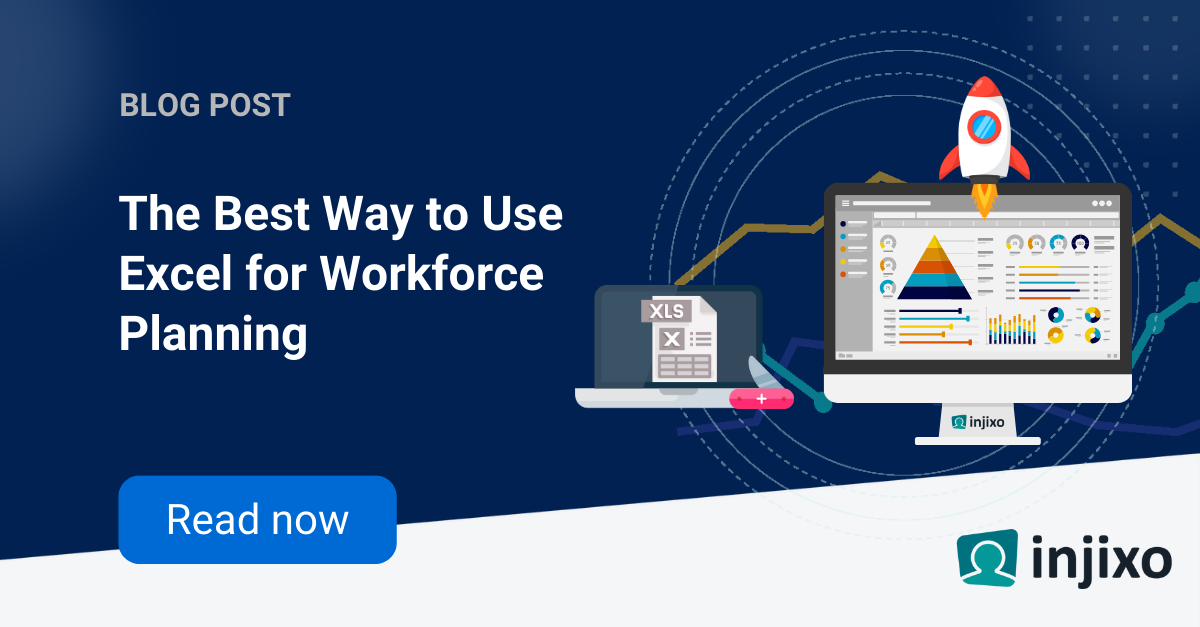Workforce engagement management (WEM) is something that we've been hearing more and more about recently. But what is it? It’s still one of those nebulous terms, but it’s generally understood to be the confluence of technologies and methodologies that support:
- Recruitment
- Training
- Workforce management and optimization
- Employee evaluation
- Reporting & analytics
I’m not aware of a single solution that can provide features for all facets of WEM, but that’s not the point. We should look at it as each component being part of a bigger whole - with the goal being to use the tools and data you’ve got and develop processes to engage teams at every opportunity.
The biggest struggle is to identify engagement opportunities, but that’s where your workforce engagement management journey begins – involve operational and support teams in identifying the areas where they feel less engaged. I’m a big advocate of democratizing information and processes to the groups for whom is it most relevant.
In this blog post, I’m going to talk about two examples of WEM: one you’re probably aware of and already actively engaging in; and another where you may just be scratching the surface of what’s possible.
What you’re already doing
Workforce management (WFM) is a staple of the contact center these days, but not so long ago agents had their shifts printed out and physically handed to them. And if they wanted to book time off, they’d have to complete a form (again, on a piece of paper!) and hand that to their manager or put it in a special tray amongst other forms. There are so many ways these processes would go wrong – not to mention being time-consuming and costly.
These days agents can log into a portal from their mobile device or personal laptop, to view their shifts. Sometimes they can view the shifts of their teammates, request vacation and other types of leave, swap shifts, and bid for shifts, all from the same tool. You’re creating workforce engagement by allowing agents to be responsible for parts of their own scheduling.
Scratching the surface
As a contact center reporting specialist, what I really want to look at close-up is the reporting and analytics component. There are often only a few examples of when agents feel like they have awareness of their own statistics:
- When they’re being chased for being in wrap for too long
- At regular reviews with their manager
- When some kind of performance improvement process has been initiated
But why should that be the case? And isn’t it all, in fact, too reactive? After all, an agent can’t correct something that’s already happened. While opportunities to learn and grow are often beneficial, I think it’s better to make that a continuous behavior rather than one that is triggered ad-hoc by a process.
Digging deeper - how to engage
This means providing the agent with the tools to self-identify and track actionable statistics, making their objectives clear, and making those tools easy to access and understand. Agents don’t need tables of information; they just need the key points. And adding the ability to compare their historical performance with that of their peers can provide some great context for team-working and ownership.
Providing all these features breeds more responsibility, awareness, and workforce engagement. The obvious next step from this is giving team leaders new coaching options. You can turn those reactive outcomes into an opportunity for the agent to come to their next review equipped with questions and their own ideas on how to improve. Managers can also promote gamification on statistics which support improved quality or customer experience - great tools for driving alternative behaviors and increasing CSAT.
Conclusion
I talked at the beginning of this article about the ‘bigger whole’. A good example is to address the misconception of contact center jobs being ‘entry level’ by developing recruitment strategies that emphasize the importance of the organization’s commitment to engagement and target individuals who are keen to be involved. Start involving agents from day one – during the recruitment process and throughout training so that it becomes ingrained. The tools and processes get you started, but the degree of your team’s involvement keeps it going.
If you’re interested in introducing workforce engagement management, start by doing it the old-fashioned way – by talking. Get stakeholders from recruitment, HR, resource planning, telecoms, IT, and operations teams together. Get agents involved and let them tell you what would help them. The reality is, you’ve probably already got the data and the tools you need, so the financial cost may be negligible. Focus on the cultural change you want and the different perspectives you want to encourage – and you may be surprised by how much your business can evolve.
Did you find the article interesting and would like to share it with your colleagues? Download the article as a PDF.





